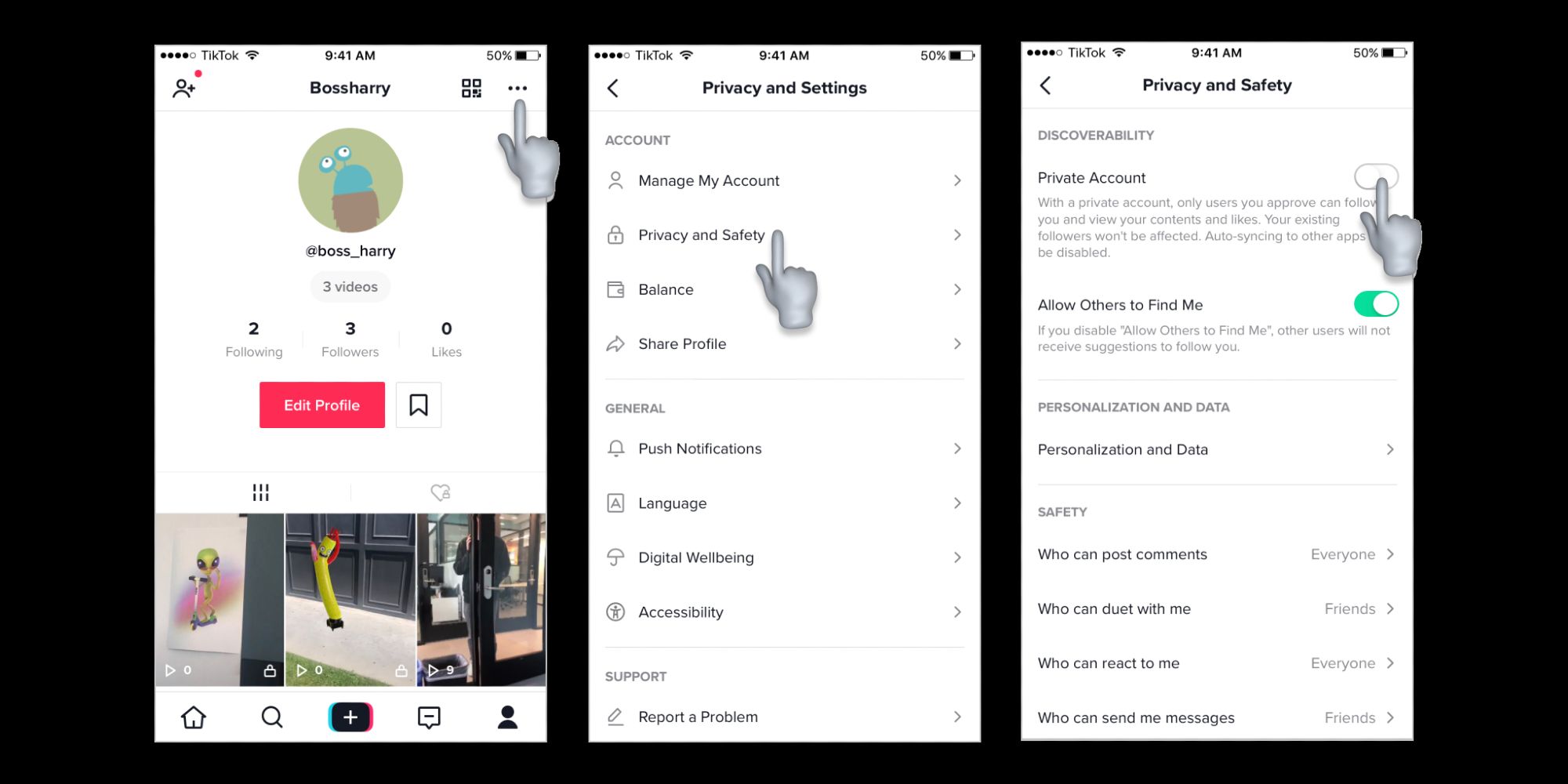TikTok is an inherently public platform, but that doesn’t mean accounts can’t be private. The current darling of the social media world rewrote the rules on how users’ home feeds are populated, serving its short-form video content by algorithm only rather than by what friends or connections are posting. It’s a formula that’s worked, with TikTok boasting somewhere north of 800 million monthly active users, but not everyone may want 800 million people able to view their profile.
The notion of setting social media accounts to private first came about with Twitter after its launch in 2006, with its accounts public by default but users able to set them to private and approve or reject follow requests. Prior to that, Facebook’s early approach had been to allow users to see only the profiles of those they were friends with on the platform. The gradual opening up of and algorithmization of home feeds — of which the TikTok approach is an evolution — allows for platforms to serve users with content that they are most likely to engage with and increases opportunities for commercialization.
There are any number of reasons, though, why users might not want a social media profile to be publicly viewable and, like other platforms, TikTok provides a clear way to change the setting. On the platform, the profile and videos of public accounts are viewable by anyone whether or not they’re a TikTok user, while the visibility of other features like Duets and Stitch depends on more granular privacy settings. Content on private accounts, meanwhile, can only be seen by users a follower has approved subsequent to setting the account to private. Other users are also not able to Duet with, Stitch, or download the videos of private accounts.
Setting A TikTok Account To Private Or Public

To change the privacy setting of a TikTok account, users should tap the ‘Me’ tab, then the ellipsis menu in the top right corner that looks like three vertically-stacked dots, and navigate to the ‘Privacy’ section. Here, users can toggle the privacy of their account on or off, as well as change a number of other privacy settings. For example, it’s possible to choose whether an account is suggested to others for following, to customize data sharing and ad serving, and to specify who can do what with an account’s videos.
The simplicity and variety of privacy controls within TikTok is obviously a good thing, not least because it has a relatively young user base. However, people of any age may choose to set a TikTok account to private if they want to avoid being tracked down by certain offline connections, they’ve been getting abuse or harassment online, if they prefer their online connections to be only people they know, or they simply want to enjoy the content on TikTok with no other strings attached.




